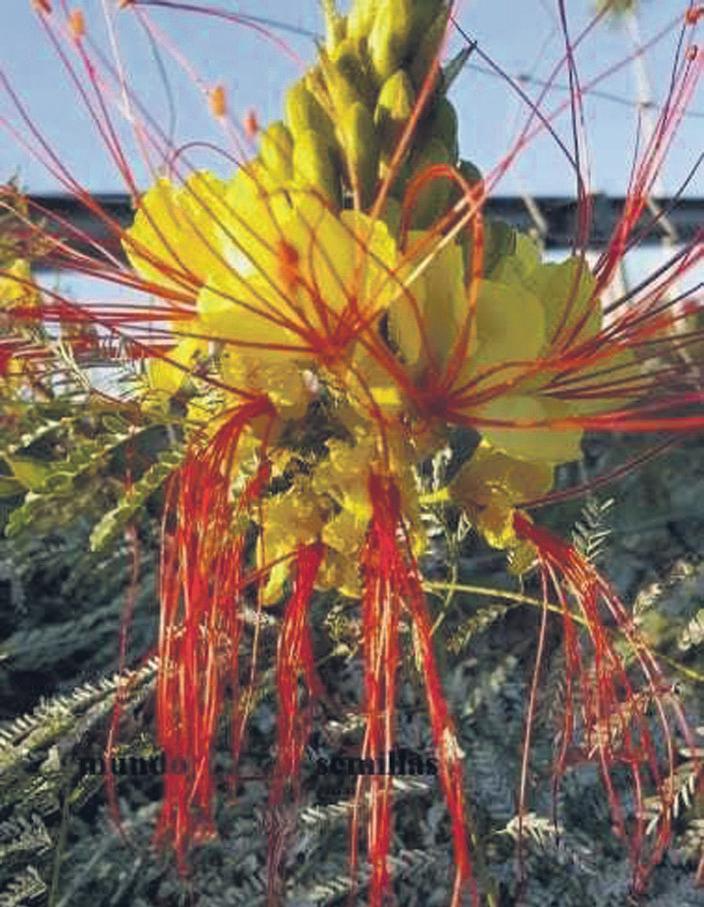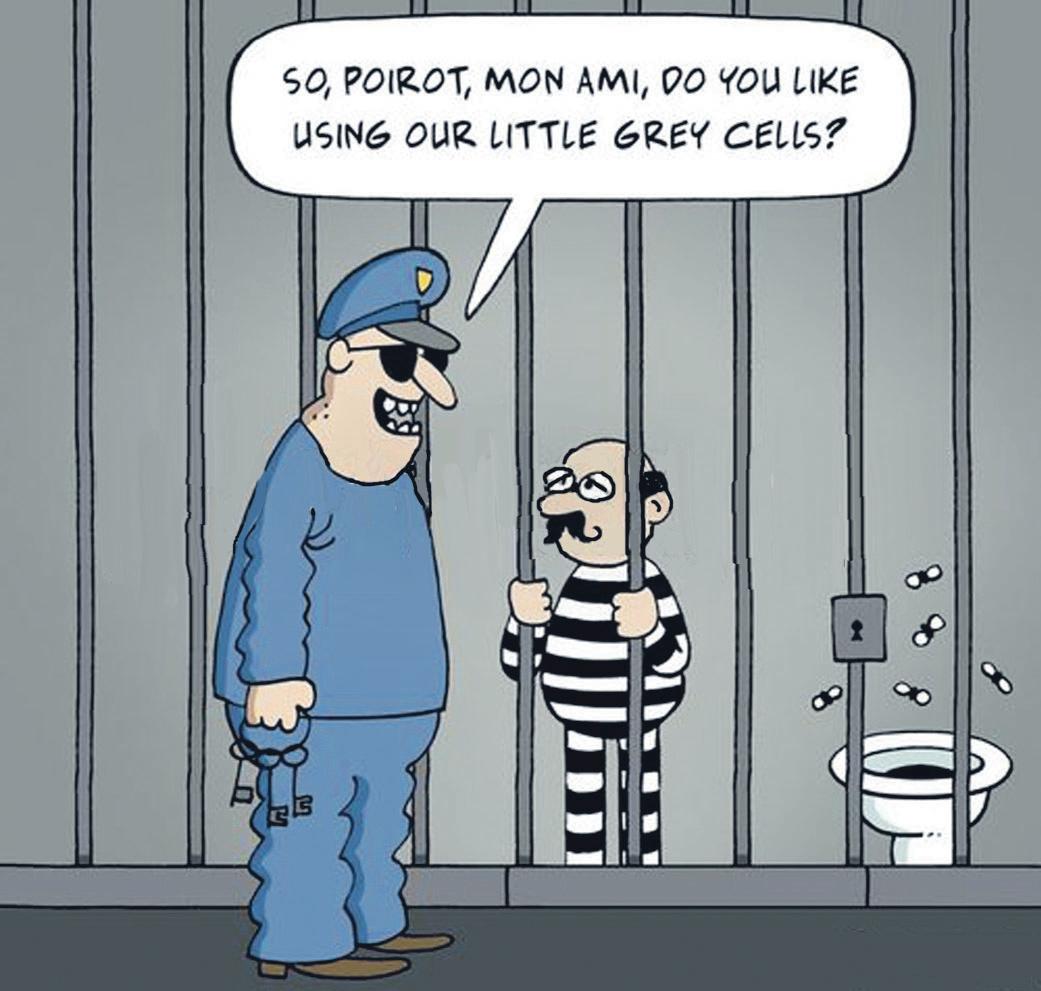
1 minute read
YELLOW BIRD OF PARADISE ATTRACTS BUTTERFLIES AND HONEYBEES

SO POIROT, MON AMI, WHAT DO YOU THINK OF OUR LITTLE GREY CELLS?
Advertisement

an adviser, one of our sales people, a nowin-no-fee lawyer, a psychiatrist, a top TV chef, a bakery expert, a fitness instructor in a leotard, or ask your satnav for advice if your life is going in the wrong direction.
"Words, words, words," said Hamlet, and you may end up as loony as he was if you don't watch out, it can easily happen, look at me.
Poor old Chekhov suffered terribly from tuberculosis, but that didn't prevent him from helping out as a doctor in the cholera pandemic of 1892, when he spoke out against injustice in the distribution of resources between rich and poor coun- tries. "Plus ça change," he might have remarked, looking at our pandemic, although he would have said it in Russian, perhaps. (Or with a Russian accent.)
Chekhov visited Sakhalin, just as Biggles did in Biggles Buries a Hatchet, when he went there to rescue his arch-enemy Erich von Stalhein, who was imprisoned on that island. Biggles' creator, Captain W.E. Johns, doesn't make it clear exactly where the hatchet is going to be buried. Had he previously mentioned a hatchet in a glass case on the wall, possibly, like Chekhov's Gun?
Caesalpinia Gilliesii - commonly called the Yellow Bird of Paradise or Dwarf Yellow Poinciana - is one of the most exotic amongst the world of plants. An attractive, deciduous shrub or small tree, it will beautifully decorate your garden in July and August, with large yellow clusters of flowers that rise above ornamental leaves.
Their long red stamen protrude from every funnel shaped flower, which look like splashes of fiery lava. An ideal plant for the Mediterranean climate, as all they need is exposure to full sun, along with average temperatures of 15-25 C. They will not tolerate frost; with soil to be welldrained and rich in humus, with a constant water supply.
You can propagate by seeds, cuttings, or dividing plants. The easiest is by taking softwood cuttings in the spring and early summer. Simply sever the stem between the leaf joints or nodes, just below a node. There is a beneficial value to the plant, as butterflies and honeybees are attracted to its flowers, in search of nectar, food, shelter and protection.











